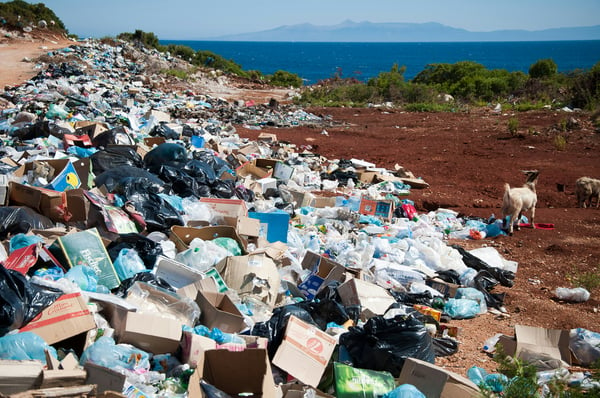The World Carbon Fund (WCF) closed 2024 with a net return of +6.22%, surpassing compliance carbon...
Where’s the Biodiversity Market at and Where is it Headed?
Businesses and conservation groups are increasingly looking towards a voluntary biodiversity credit market as a potential game-changer for nature protection funding. Though the market is still in its infancy, ongoing processes will determine its success.
Rising Interest in Biodiversity Credits
The phrase “this could be bigger than the carbon market” is becoming common when discussing biodiversity credit trading. This concept is gaining attention from various stakeholders, including conservationists, investors, businesses, and regulators. Recently, the Association for Financial Markets in Europe and EY highlighted opportunities and obstacles in their report on nature-related finance, indicating significant interest in the biodiversity market.
Early Developments and Growing Momentum
Despite the growing interest, actual market activity remains limited. Initiatives by organizations like Ekos in New Zealand, South Pole in Australia, and Terrasos and Climate Trade in Colombia are still small-scale. For instance, Climate Trade's platform reported trading just over 100 credits, each representing 10 square meters of nature for 30 years.
However, momentum is building. Australia has initiated a public stakeholder process to establish a regulatory framework for a voluntary biodiversity market. GreenCollar Group launched NaturePlus units, drawing global interest. Additionally, standards bodies like Verra and Plan Vivo are developing their biodiversity methodologies.
Major Stakeholders and Global Efforts
The World Economic Forum is spearheading a project on how a voluntary biodiversity market might emerge, involving major players like BlackRock, Citi, the European Investment Bank, and others. At the upcoming COP15 UN biodiversity summit, although the voluntary credit market won't be part of official negotiations, it will feature prominently in side events.
The Challenge of Offsetting
A significant debate within the market is the role of biodiversity credits in offsetting. Most stakeholders agree that biodiversity credits should not be used to justify environmental destruction elsewhere. Instead, these credits should contribute to the restoration and enhancement of nature.
Learning from the Carbon Market
Biodiversity credits can benefit from lessons learned in the carbon market. High-integrity biodiversity credits should deliver measurable, independently verified, and permanent results. However, unlike carbon credits, the concept of additionality does not apply in the same way to biodiversity projects, which often lack inherent profitability.
Future Prospects
The biodiversity market is expected to grow, with more transactions anticipated in the latter half of the decade. This market could rival the complexity and fragmentation of the carbon market. While carbon credits are fungible globally, biodiversity credits may need to be more region-specific, aligning with the localized nature of biodiversity impacts.
Conclusion
The biodiversity market is on the verge of significant development, driven by increasing interest from various sectors and global regulatory support. While it faces challenges, including the need for robust standards and the debate over offsetting, the market holds promise for contributing to nature protection on a large scale. As methodologies are tested and refined, the biodiversity market could become a crucial tool in global conservation efforts.




_Two%20people%20talking%20and%20working%20in%20an%20office_featured.webp?width=600&name=Who%20is%20Buying%20Carbon%20Units%20(and%20Why)_Two%20people%20talking%20and%20working%20in%20an%20office_featured.webp)

